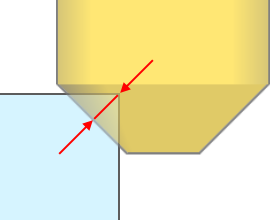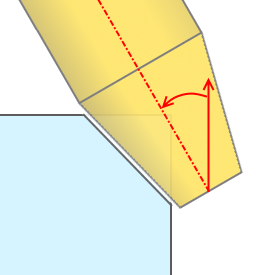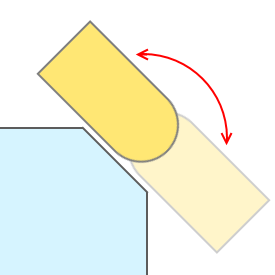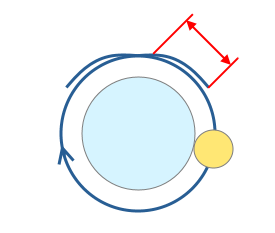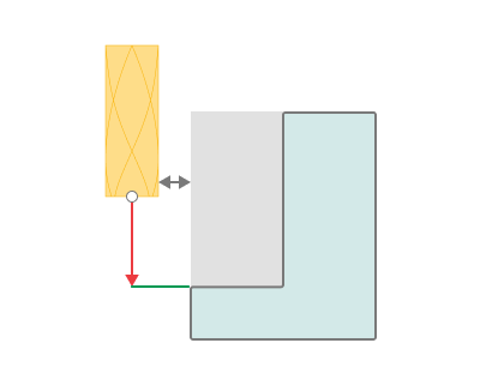Chamfering

Application area:
The operation generates a toolpath for chamfer removal using cylindrical end, conical, and spherical mills. It is most commonly used as a final step to form the chamfers and fillets specified in the 3D model, to blunt sharp edges, or to remove burrs along the edges of the part.
Setup:
The Setup tab is used to configure the primary parameters of the project. This can involve the positioning of the part on the equipment, the coordinate system of the part, and more. See more
Job assignment:
Add sharp edge. This feature enables the creation of a chamfer removal toolpath based on the edges of the 3D model. When selecting a surface instead of edges, it instantly adds all the surface's sharp edges into the Job assignment.
Add face. This feature enables processing of existing chamfers on a 3D model by selecting surfaces designed as chamfers.
Recognize. This feature enables automatic recognition and addition of chamfers into the Job assignment. The system classifies recognized elements into four types: sharp edges, CAD chamfers, fillets, and hole chamfers.
Properties. Displays the properties of an element. It is possible to add the stock. You can also call this menu by double clicking on an item in the list.
Delete. Removes an item from the list.
Strategy:
Strategy.
This is the set of parameters that define the geometric features of the machining process.
Milling type.
Сan be assigned in almost all operations, except for the curve machining operations. This allows the user to control the required milling type (climb or conventional) during the toolpath calculation process. This parameter group works similarly to the Waterline roughing operation. See more
Transformations:
Parameter's kit of operation, which allow to execute converting of coordinates for calculated within operation the trajectory of the tool. See more
